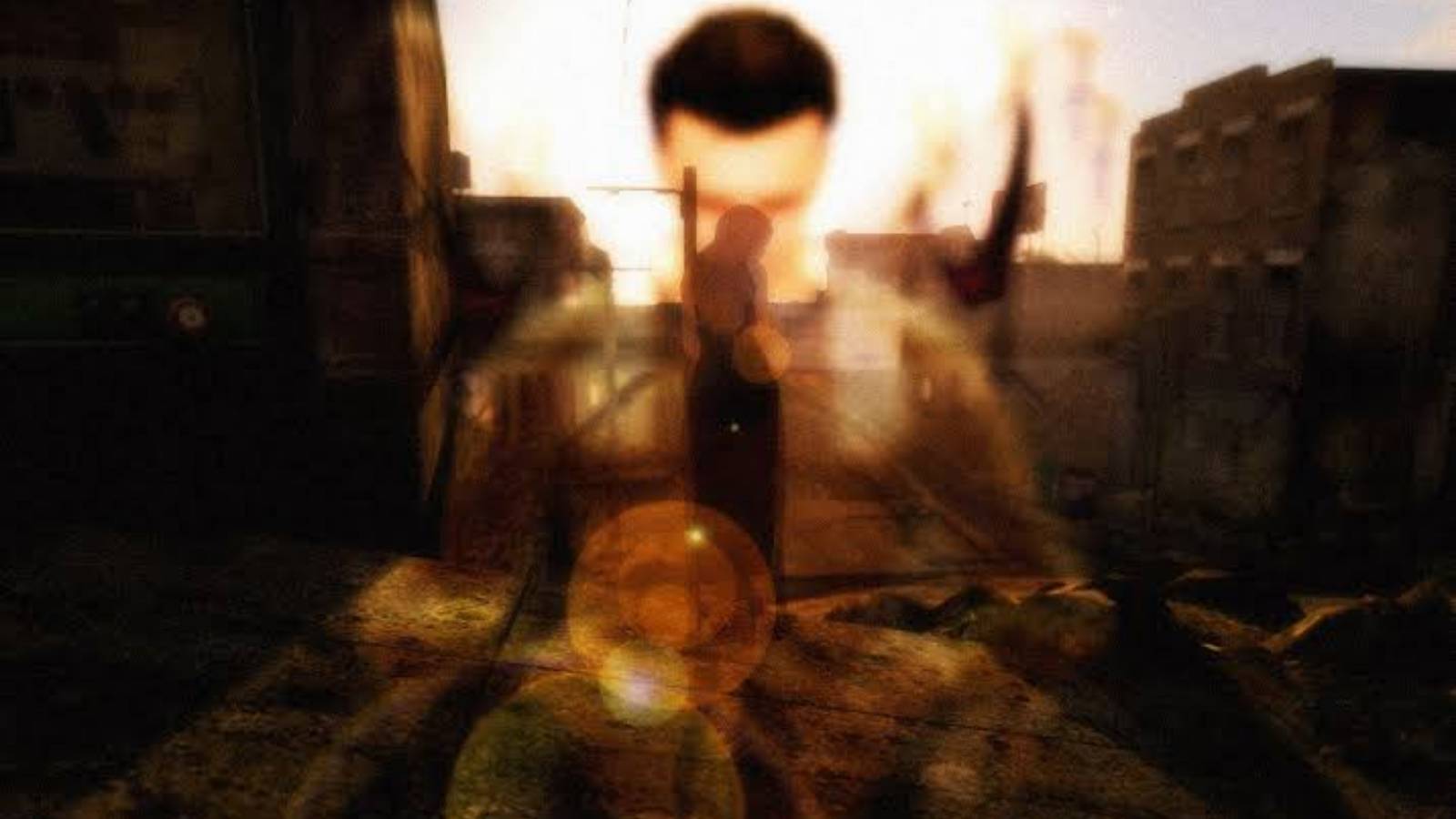“I see dead people.” This iconic dialogue from the 1999 film ‘The Sixth Sense’ is corroborated by pathological and spiritual evidence. Not only seeing, but some people experienced instances of auditory encounters with dead people.
The scientists and researchers tried to make sense of this historic perpetuation of the phenomena. Not just real experiences, but folklore and fictions are widely popular about the hallucinations of dead people be it Macbeth’s Banquo or Catherine from Wuthering Heights.
The surveys upheld the claims of people who saw or heard their deceased loved ones. When someone dies, there are more ghost apparitions than behemoths. The case is the same when a person’s death coincides with the apparitions. How common or rare are these experiences? Science is still constructing a strong theory on this, but some observations might cement your experiences.
Read More: What Is Aphasia, The Condition That Compelled Bruce Willis To Retire?
It Is Common To Spectacle Or To Hear The Voices Of The Dead People?

In a study, 50% of people had an auditory experience during the grieving period. Death and grieving associated with it is taboo. People may shun the discussions of hallucinations and paranormal experiences. Sigmund Freud invented “wishful psychosis,” a condition that creates conjured images of the deceased in the head.
A person who is overcoming or going through the bereavement process may have sight, olfactory, or auditory experiences. Freud constructed the theory that these are the signs of dependency. To get over the death, he suggested, one should have severe emotional bonds with the deceased. The Freudian analysis gives way to the suppression of such experiences rather than talking about them refuting the entire experience.
There is a phenomenon of synchronistic dreams that are in existence in many cultures. In 1880, there was a survey conducted by London’s Society for Psychical Research where they built their study on the hypothesis “how we know what we know?” Mark Twain shared an experience where he dreamt of his brother in a coffin only to find that he died in an accident sometime after.
Many European cultures have different names for such phenomena. In Ireland, it is “taidhbhse,” parts of France call double-sightings “remnants.” At the end of the 19th Century, countries like Germany, Russia, Brazil, the USA, France, and the other four countries participated in the Census of Hallucinations.
The survey collected 17,000 responses and concluded that 7 out of 19 people have had sensory hallucinations. Dr. Adam Powell, a researcher said that these hallucinatory voices have to do with absorption.
He said, “Absorption has to do with a tendency to get lost in your own thoughts, become immersed in mental imagery, or become lost in an altered state of consciousness. He continued, “It’s been found that high absorption rates predict things like mystical experiences among those who use psychedelics.”
The Experiences Of Voices Of The Dead Varies In Spiritualists And Laymen

A survey was conducted with 65 mediums of Spiritualists’ National Union and 145 specimens of laymen. In the concluding results, it was found that “spiritualist mediums are more prone to immersive mental activities, such as imaginative activities or experiencing altered states of consciousness, and frequently they have unusual auditory experiences, especially earlier in life.” It was also observed that 65% of people had an internal experience, whereas 30% had both internal and external experiences.
A study titled “Mental Health, Religion, and Culture” observed the auditory experiences of spirits comparing their levels of “absorption, hallucination proneness, aspects of identity, and belief in the paranormal.” The results said that the absorption and auditory phenomena contribute to clairaudient communications—receiving auditory communications from spirits. The surveys of widowed pointed out that 13% had clairaudient experience, 14% had clairvoyant experience(seeing them).
In the late-90s, psychologist Dennis Klauss propounded a counter and realistic model to the Freudian one. He described it as “continuing bonds.” Tony Walter, professor of death studies said, “In the new model, the purpose of grief is the construction of a durable biography of both the dead person and the living person that enables the living to integrate the memory of the dead and their ongoing interactions with the dead into their lives.” Instead of severing the bonds, this technique would help the therapist to normalize such experiences without patronizing them and provide an emphatical approach to them.
Read More: Scientists Discover Molecule That Kills Even The Deadliest Cancer: All You Need To Know





